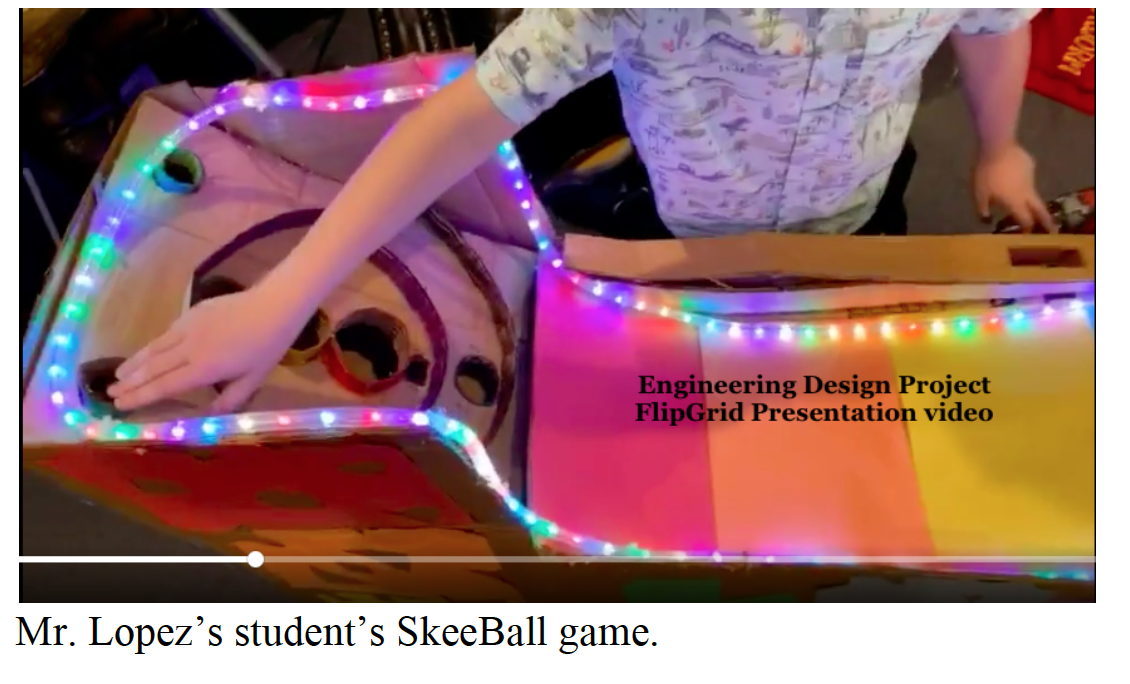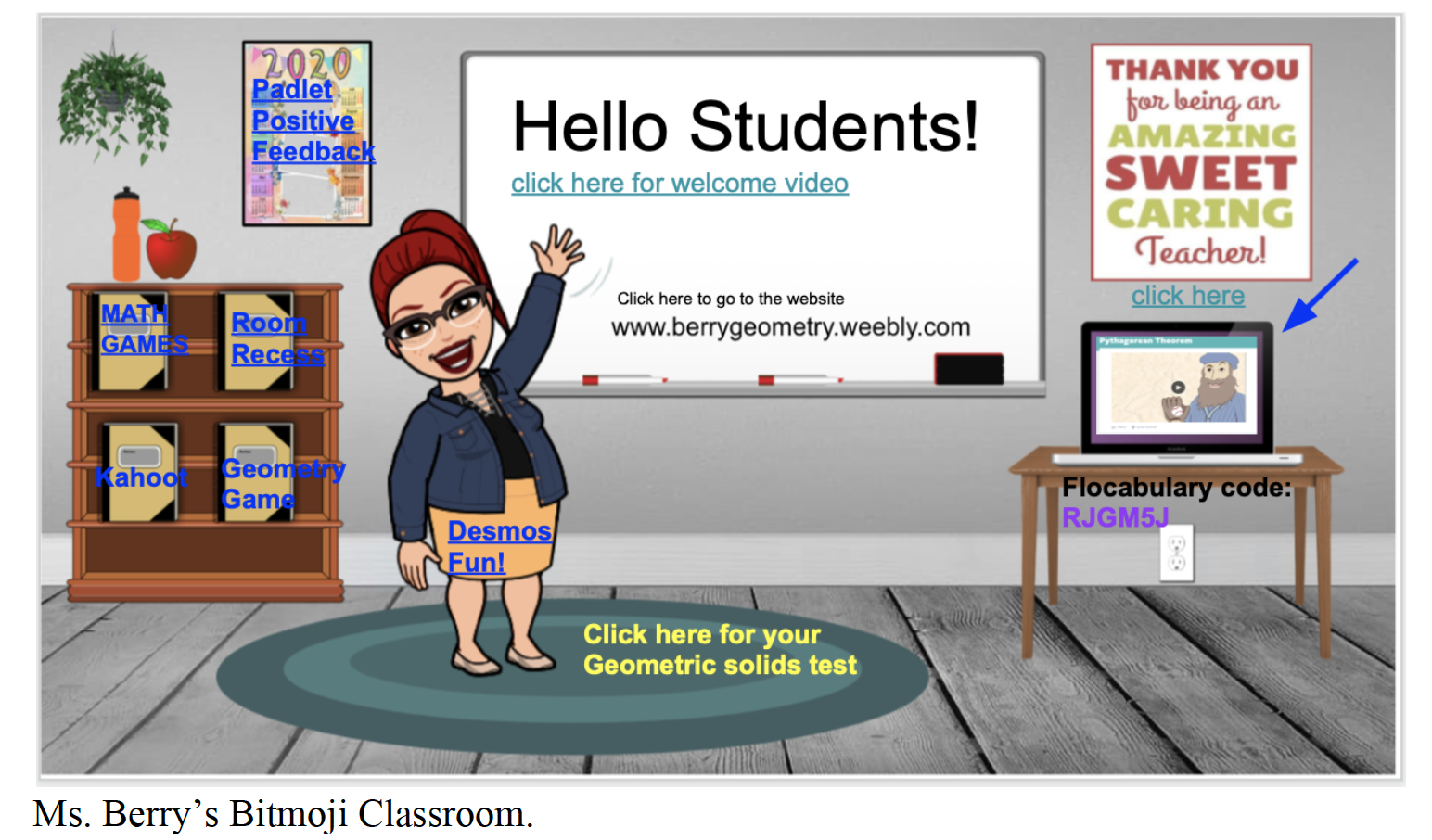Teaching During A Pandemic Is Hard - But Some Know How To Do It Well

The last six months have been a whirlwind for teachers starting in March when they needed to convert their classes to online with only days notice and had to learn new technology and new rules while keeping themselves and their students (and sometimes their own kids) safe from a virus. Over the summer teachers waited to hear what the fall would look like. Some schools have gone back to in person teaching or hybrid teaching but many, especially here in California, are still teaching online, and we know this is subject to change depending on the situation with the virus. Needless to say, this has been a trying time for teachers. As a teacher educator I get to hear from a lot of teachers so I was able to follow the events closely. I could see the strain but also the successes that some teachers had in using online tools to keep students engaged in learning. I wanted to find a way to tell that story - and counter some of the bad press that the online teaching was receiving (e.g. never ending crisis). I got together with a team that included university faculty, teachers and administrators who were knowledgeable about educational technology and set out to change the narrative.
Our answer was the Outstanding Pandemic Teacher awards (bit.ly/OPTAward) - a way to both identify and highlight the good teaching that was going on around us. We put out a call for nominations in early May. In a little over two weeks we had over 300 nominations (including some for members of the Awards team, who unfortunately were not eligible). We asked each of the nominees to send us some information on their teaching. We were looking to see how they were engaging students, especially finding ways to keep the discussion going with online teaching. We wanted to know how they were supporting their students through the difficult early days of the pandemic. Of the nominated teachers 68 took the time to respond and sent documentation on what they were doing and we selected 20 winners and 24 honorable mention-teachers.
What all of the winners had in common was a deep commitment to assure their students learning despite the interruptions that the pandemic had caused. They used a variety of techniques to make sure that online teaching was not just watching videos and answering questions. Students in these classes were challenged to interact, create and problem-solve. Here are a few examples:
In Mr. Lopez’s 5th grade class, students took virtual field trips to the San Diego Zoo and made FlipGrid videos to share their thoughts. Students built their own Skee Ball games out of cardboard or whatever they had in their houses.

In Ms. Huerta’s 2nd grade class students took turns as the ‘Padawan of the week’ and used Zoom breakout rooms to help each other with math problems. They read the book How Not to Start Third Grade and presented their book reports on Google Slides.
Ms. Nguyen used PearDeck to keep her 4th graders engaged in discussions and sharing their ideas. The students all created art with optical illusions and sent in pictures which she organized into a virtual art show.
Ms. Berry’s high school math students use the Zoom whiteboard to solve problems together. She greets her students in her bitmoji classroom and does a Padlet check-in with them to see how they are feeling before diving into math problems on the whiteboard or Desmos.

In Mr. Yeung’s robotics class the students were home without access to the physical robots. So they used their coding and building skills to create a replica of the school's football stadium so the school could hold a virtual graduation in Minecraft.

These teachers demonstrate how online teaching can engage students' curiosity and creativity to maintain a culture of active collaboration and learning. We were excited to share their successes with others, so we posted excerpts from what they told us on our website to serve as an example for other teachers. It not only provided a glimpse into what was possible but it served as a way to reward teachers for their hard work. Ms. Flores responded “Oh MY! I love it! That means so much to me. Thank you so much for sharing that with me, Mr. Foley. It has made these last few months of uncertainty worth it.”